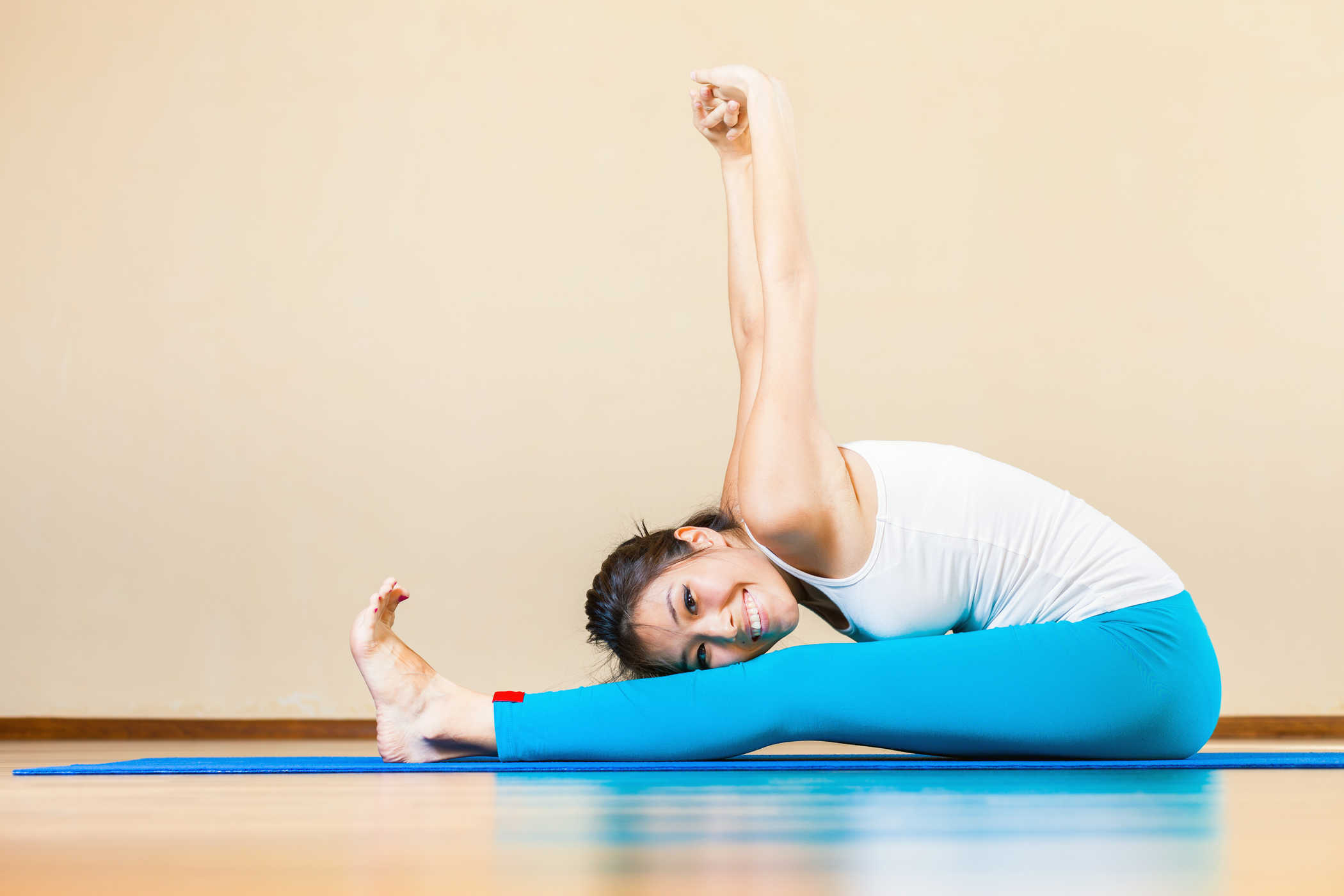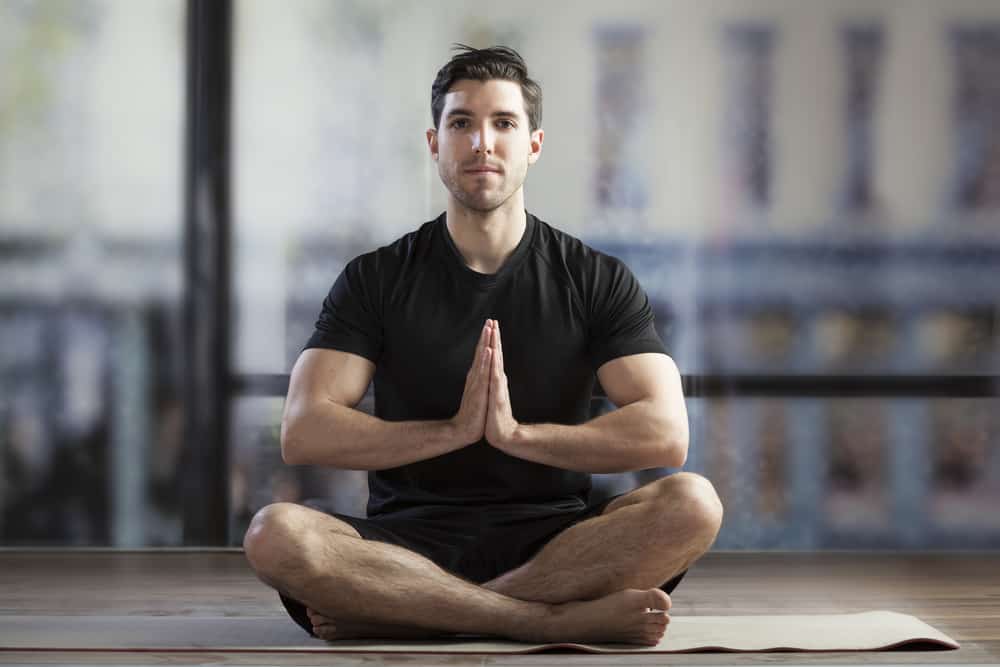Contents:
- Medical Video: 7 Simple Core Exercises That Prevent Lower Back Pain
- Why do we need exercise when we have chronic pain?
- What is the best exercise for chronic pain?
- Here are some tips for starting sports:
Medical Video: 7 Simple Core Exercises That Prevent Lower Back Pain
If you suffer from pain, your first reaction is to lie down and rest. This is good for acute pain but can prolong your chronic pain. Chronic pain can last for months or even years. Staying active is really useful for diseases and prevents the pain from worsening.
Why do we need exercise when we have chronic pain?
If you suffer from chronic pain, you will avoid activities that can cause pain. This is a common thought that people with chronic pain have. Over time, chronic pain sufferers can have more difficulty doing daily activities or even difficulty walking, which makes it harder for you to be active. However, there are ways to maintain the ability to continue daily life.
Research has shown that exercise is an effective way to reverse the bad cycle deconditioning and the severity of pain. They found that people who exercise and remain flexible manage their pain much better than those who don't. With light training that is suitable for your condition, you are more involved in activities that bring joy and satisfaction to you.
Exercise can increase your pain threshold so that you can be more tolerant of pain.
Sports that have these benefits are cardiovascular exercise, strength training, and flexibility exercises.
Some of the benefits of exercise in chronic pain are:
- Reducing emotions
- Reduces fatigue
- Improve mood
- Reducing symptoms associated with depression and anxiety
- Improve sleep quality
- Improved posture
What is the best exercise for chronic pain?
The best approach is to combine several forms of exercise, such as:
- Stretching like yoga and tai chi. Both forms of exercise increase flexibility and range of motion, can help ease pain.
- Strengthening exercises or resistance training such as squats, wall push ups, or bicep curls build joint support muscles to help reduce chronic pain. Your doctor or physical therapist might tell you to build muscle using weights, resistance band, water training, or even your own weight.
- Cardiovascular exercises, such as aerobics, cycling, swimming and walking. In one study, people with knee osteoarthritis who participated in the walking program felt only a little pain after eight weeks of doing this exercise.
It is important to start slowly when you first start exercising. You must monitor your pain while exercising to avoid more severe pain. Even better if you ask a professional to check your progress and guide you through practice. You can consult a doctor before starting an exercise program.
Here are some tips for starting sports:
- Consult experts. Ask professionals if you don't know when to start.
- Start with light exercise. Instead of targeting the pain area, you should start a simple exercise that works throughout your body.
- Push past your pain. At first, you may feel pain when exercising. However, try to get past it and don't get discouraged.
- Exercise with friends. Two is better than one. Having someone there to encourage you can motivate you.
Remember that "exercise is medicine!" You can exercise every day to manage your illness. If you don't know where to start or if you are worried that you will hurt yourself, your doctor can suggest the best activities for you.












